 |
| July 09, 2020 |
Dear Reader,
Check out highlights from today's top stories: - An experiment aims to find a new type of neutrino that could be a key to the universe's dark sector.
- Climate action taken by the world today wouldn't be noticed for decades to come, according to scientists who say warming on Earth won't start to slow down for at least 20 years—and that's probably an optimistic scenario.
- New research finds that ships are hitting large numbers of small marine animals, which are suffering severe injuries or dying at higher rates than previously thought.
- A comet swept past the sun on July 3, and it has since become visible to the naked eye. The rare opportunity to glimpse the chunk of ancient ice should continue next week. If you manage to spot and photograph Comet NEOWISE, send us your favorite images to @sciam on Twitter with the hashtag #EyesOnNEOWISE.
|
| | Sunya Bhutta, Senior Editor, Audience Engagement
@sunyaaa | |
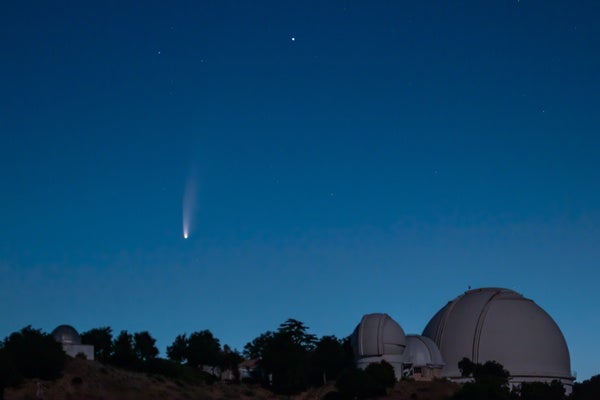 |
| |
| |
| |
| |
| |
| |
| |
| Behavior & Society Racism in Health Care Isn't Always Obvious As physicians, we believe that recognizing it begins with understanding our own privilege and biases | | By Joseph V. Sakran,Ebony Jade Hilton,Chethan Sathya | | | |
| Conservation Animals Appreciate Recent Traffic Lull Researchers saw a third fewer vehicle collisions with deer, elk, moose and other large mammals in the four weeks following COVID-19 shutdowns in three states they tracked. |  | By Julia Rosen | 02:46 | | | |
FROM THE STORE
 | | July 4th Flash Sale Celebrate July 4th with 25% savings on any subscription to Scientific American. Your purchase will support expert journalism. Use code JULY20 at checkout. |  | | |
| |
FROM THE ARCHIVE
 | | | |
| |
LATEST ISSUES
 |
| |
| Questions? Comments?  | |
| Download the Scientific American App |
| |
| |



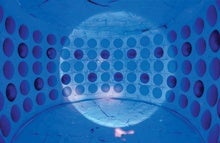


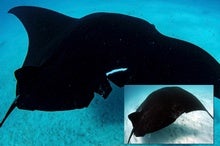
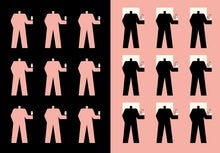


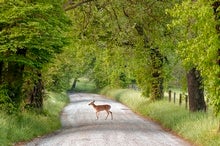
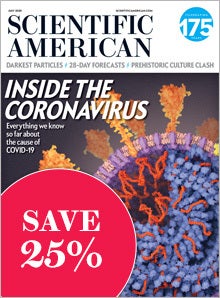

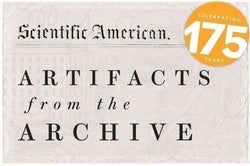
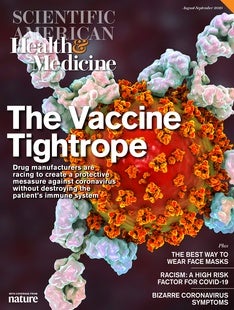

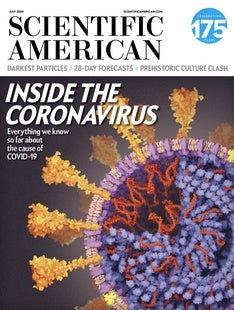
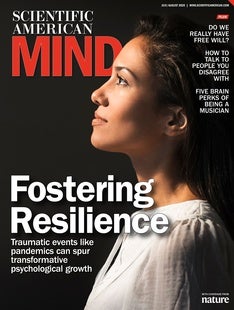
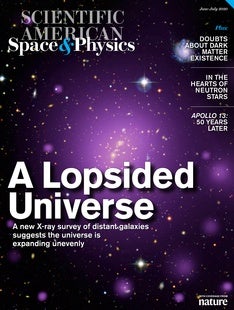



Comments
Post a Comment